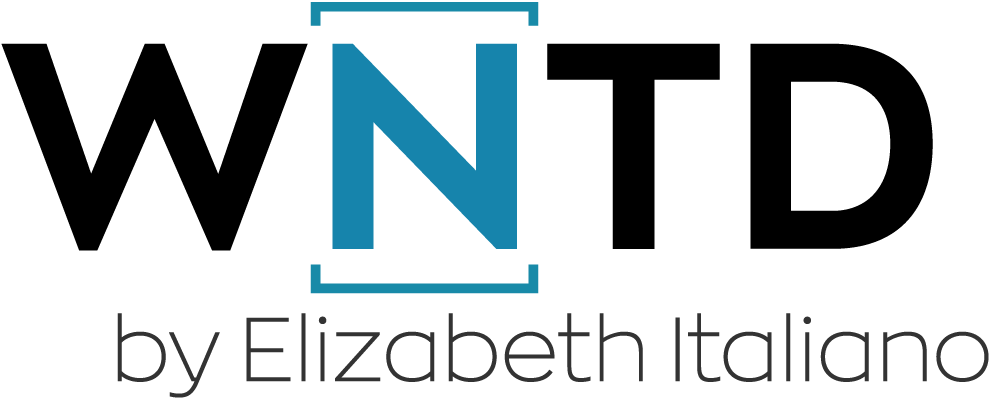In our previous article, we explored the evolving modern B2B buyer journey. Now, let’s dive into a critical strategy for navigating this journey: the PART Framework—Problem, Action, Result, Trigger—and how it shapes effective buyer enablement tools to drive informed decisions and stronger conversions.
The PART Framework provides a structured approach to understanding and addressing your buyer’s priorities, enabling you to align your tools and strategies with their needs at every stage of the journey:
- Problem: clearly define the buyer’s challenges and pain points
- Action: outline the steps needed to resolve these challenges and evaluate solutions
- Result: highlight measurable outcomes and ROI to demonstrate value
- Trigger: identify urgent factors that prompt buyers to act now
Using the PART framework as a foundation ensures that your buyer enablement efforts are targeted, collaborative, and impactful.
What Are Buyer Enablement Tools?
Buyer enablement tools are tailored resources designed to simplify decision-making for buyers by addressing their needs at each stage of the buying process. These tools empower buyers with clarity, confidence, and actionable insights while fostering a stronger connection between vendor and customer.
Examples include:
- Mutual Action Plans (MAPs): align stakeholders by detailing collaborative steps, roles, and timelines
- Interactive demos and trials: provide hands-on exploration of your solution
- Customer success stories and case studies: share real-world examples of outcomes achieved with your solution
Aligning Buyer Enablement Tools with the PART Framework
To maximize the impact of buyer enablement, integrate tools at every stage of the process leveraging the simplicity and power of the PART framework:
1. Uncover and Define Challenges (Problems)
At this stage, buyers are identifying their key challenges. Your tools should help clarify and validate these issues:
- Enablement Strategy: Share insightful content, such as industry reports or benchmark studies, to help buyers understand their challenges in the context of broader trends.
- Example Tool: A problem-centric whitepaper highlighting common pain points in their industry positions you as a trusted advisor.
2. Guide Buyers Through the Evaluation Process (Actions)
Here, buyers are considering potential solutions and planning their next steps. Enablement tools should provide structure and collaboration:
- Enablement Strategy: Offer Mutual Action Plans to align on evaluation steps and key milestones. Use tailored digital demos to showcase how your solution addresses their specific needs.
- Example Tool: A MAP that outlines evaluation criteria, roles, and timelines demonstrates a partnership-oriented approach.
3. Demonstrate Tangible Outcomes (Results)
As buyers narrow their options, they’re looking for proof that your solution will deliver measurable results:
- Enablement Strategy: Provide ROI calculators tailored to the buyers metrics, case studies, and KPIs that clearly quantify the value your solution brings.
- Example Tool: An ROI calculator personalized to the buyer’s business metrics can make a compelling case for your solution.While many buyers no longer trust generic ROI calculators, there is still value in including a tailored ROI calculation in your business case.
4. Create a Sense of Urgency (Triggers)
Buyers need a clear reason to act now. Addressing triggers—such as deadlines, market trends, or internal goals—helps drive timely decisions:
- Enablement Strategy: Highlight risks of inaction, align with buyer timelines, and connect your solution to their pressing needs.
- Example Tool: A case study that illustrates missed opportunities from delayed action can motivate timely engagement.
Why Buyer Enablement Matters
In today’s buyer-controlled landscape, enablement tools play a pivotal role in building trust, reducing complexity, and driving decisions.
Key benefits include:
- Simplified processes: reduce friction by providing clarity and actionable steps
- Stronger trust: transparent, data-backed tools like MAPs position you as a collaborative partner
- Accelerated conversions: when buyers feel supported, they move through the process more confidently, shortening sales cycles
Common Pitfalls to Avoid
Even with a robust buyer enablement strategy, there are common missteps to watch for:
- Generic tools: tailor resources to align with the buyer’s specific problems, actions, results, and triggers
- Information overload: provide focused, high-value tools rather than overwhelming buyers with excessive content. Remember to structure the information you are sharing based on the stakeholder; for example, executives may rely on quick, compelling hits of information whereas business users may require more instructional detail.
- Lack of collaboration: enablement is a two-way street. Use MAPs and live demos to actively engage buyers
By leveraging the PART framework and aligning buyer enablement tools with each stage of the buyer journey, you can turn complex decision-making processes into streamlined, value-driven journeys. This approach not only wins deals but also establishes a foundation for long-term partnerships.
In Part III: Building Trust and Overcoming Buyer Objections, we’ll explore strategies for addressing buyer hesitations, fostering transparency, and establishing your solution as the clear choice. Empowering buyers through the PART framework isn’t just a strategy—it’s how you become a trusted partner in their success. For more on all things revenue related, you may enjoy our Quest to Quota Attainment Course. It is broken up into short modules, making it easy to learn and practice new skills in short but effective time blocks each day. And finally, if you need hands-on support for your revenue efforts, check out the services we offer.




